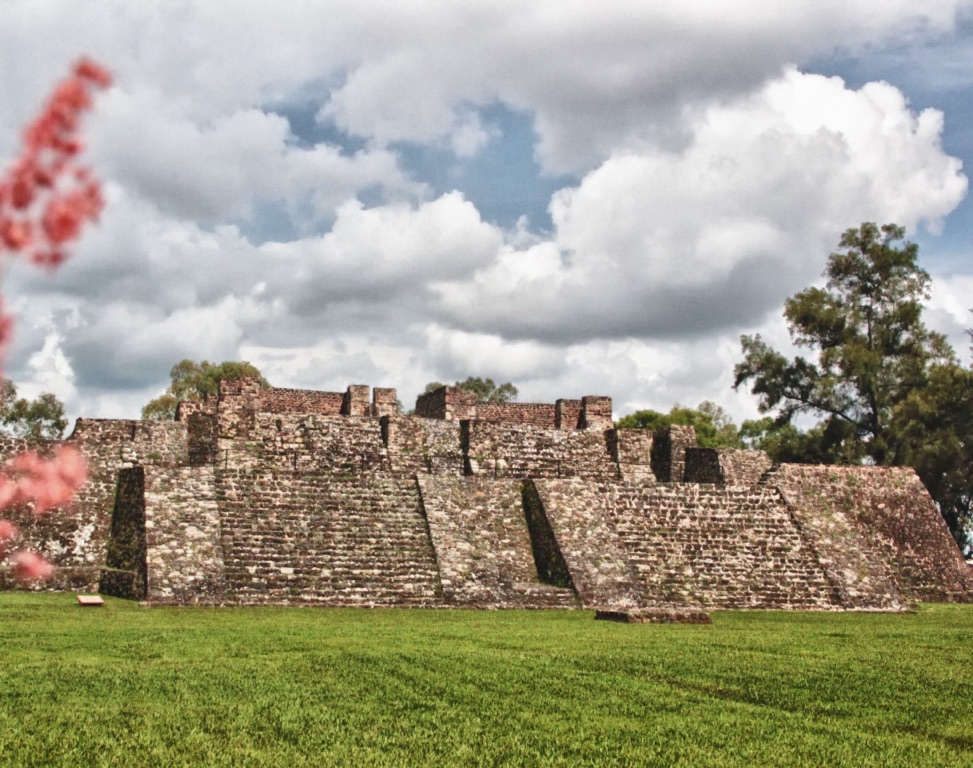Summary
Introduction to Teopanzolco
The magnificent Teopanzolco stands as a testament to the rich cultural tapestry of Mexico’s past. Nestled in the heart of Cuernavaca, Morelos, this historical site is a vital piece of the Mesoamerican puzzle. It reveals the complex layers of pre-Columbian societies. The site comprises of several pyramidal structures. These are tangible remnants of the Aztec civilization’s architectural prowess and their predecessors. Teopanzolco is more than just a series of ancient ruins. It’s a living memory of bygone eras where ritual and tradition played central roles in society. It provides a window into the lives and beliefs of its ancient inhabitants.
Get your dose of History via Email
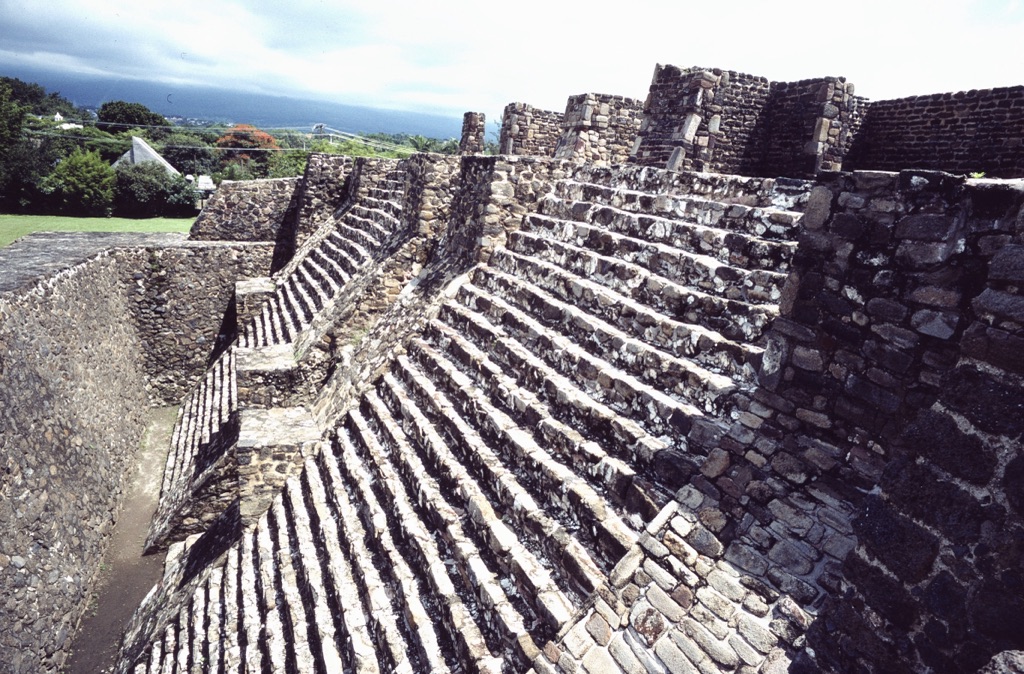
Architectural Splendor Of Teopanzolco
Teopanzolco’s architectural marvel is its main attraction. The precision of its structures and the complexity of its design captivate historians and tourists alike. Chief among these is the impressive main temple, dedicated to the god Huitzilopochtli, the deity of war, and Tlaloc, the god of rain and fertility. The site’s strategic layers of construction offer clues to the rituals and social hierarchy of the Aztecs. These layers date back to different time periods. They showcase the evolution of construction techniques and religious practices over time.
Cultural Significance and Preservation Efforts
In addition to its architectural significance, Teopanzolco is a symbol of cultural heritage. It holds great importance for descendants of the indigenous people of Mexico. It continues to be a site where the past connects with the present. Preservation efforts have become increasingly pivotal in maintaining its integrity against the threats of urbanization and natural wear. Conservation projects aim to ensure that Teopanzolco’s structures withstand the test of time. These projects also aim to provide informative experiences for visitors. With these preservation efforts, Teopanzolco will continue to inspire and educate future generations about the depth and complexity of Mexico’s pre-Columbian history.
Historical Background of Teopanzolco
Origins and Early Settlements
Teopanzolco, a ceremonial center now shrouded in mystery, traces its origin to early Mesoamerican societies. The site’s first inhabitants laid the foundations of what would become a complex urban and religious center. This took place long before the Aztec empire rose to prominence. Researchers believe Teopanzolco served as a marketplace and meeting point. Here, diverse groups shared goods, ideas, and customs. Consequently, the location evolved into a melting pot of cultural influences, demonstrated by the variety of artifacts found onsite.
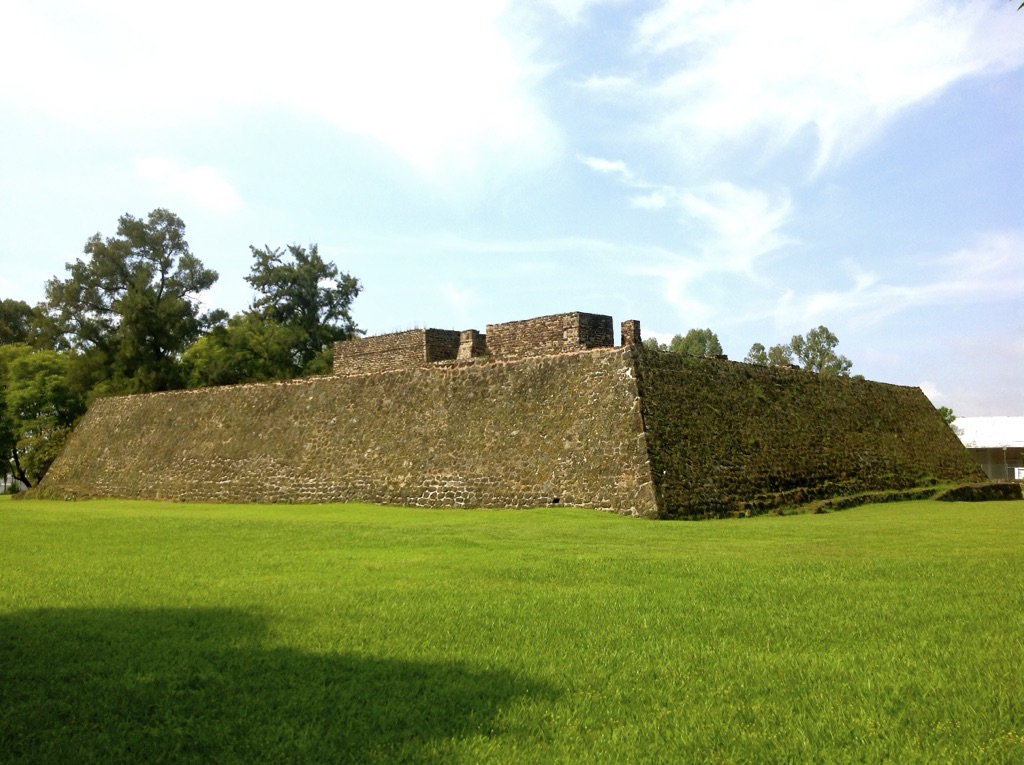
The Rise of the Aztecs
With the rise of the Aztec empire, Teopanzolco gained new significance. It became a powerful regional center. This was due to its strategic position. The Aztecs brought their distinctive architectural styles and religious customs to the site. They expanded and enhanced Teopanzolco, erecting temples that displayed their engineering ingenuity. The Aztec occupation embedded deep layers of their civilization’s identity into the site. Today, it provides scholars valuable insights into Aztec society.
Religious and Social Hub
At the height of its use, Teopanzolco emerged as a significant religious and social hub. The central complex housed dual temples dedicated to Tlaloc and Huitzilopochtli. The Aztecs worshipped here. They performed intricate rituals that adhered to their cosmological beliefs. Around these temples, the bustling activities of daily life unfolded. Commoners and nobles alike congregated here to attend religious festivities or engage in community decision-making, further cementing Teopanzolco’s place at the heart of society.
The conquest by the Spaniards brought an abrupt end to Teopanzolco’s active use. It altered the cultural landscape of the entire Mesoamerican region. Despite the disruptions, the site persisted as a historical beacon. Over time, it became covered by vegetation, concealing its majesty from the world. It was not until later archaeological work commenced that Teopanzolco revealed its secrets. Now, it has emerged as an essential link to understanding pre-Columbian cultures. The evidence indicates sophisticated social structures and religious practices.
In current times, Teopanzolco has transcended its ancient roots to become a crucial educational and cultural resource. Efforts by historians, archaeologists, and preservationists ensure that the site remains for posterity. They promote understanding and appreciation amongst both locals and visitors from afar. By studying and preserving Teopanzolco, we keep the legacy of its past inhabitants alive. This maintains its enduring narrative that continues to enrich our knowledge of human history.
The Discovery of Teopanzolco
Unearthing the Past
Teopanzolco, once hidden beneath the earth, came to light in a striking display of historical serendipity. Local residents of Cuernavaca, always curious about the mounds in their vicinity, stumbled upon the ruins. They were carrying out mundane activities. Little did they know that these mounds veiled an architectural marvel from an ancient epoch. Consequently, these explorations at the turn of the 20th century marked the first of many discoveries to come.
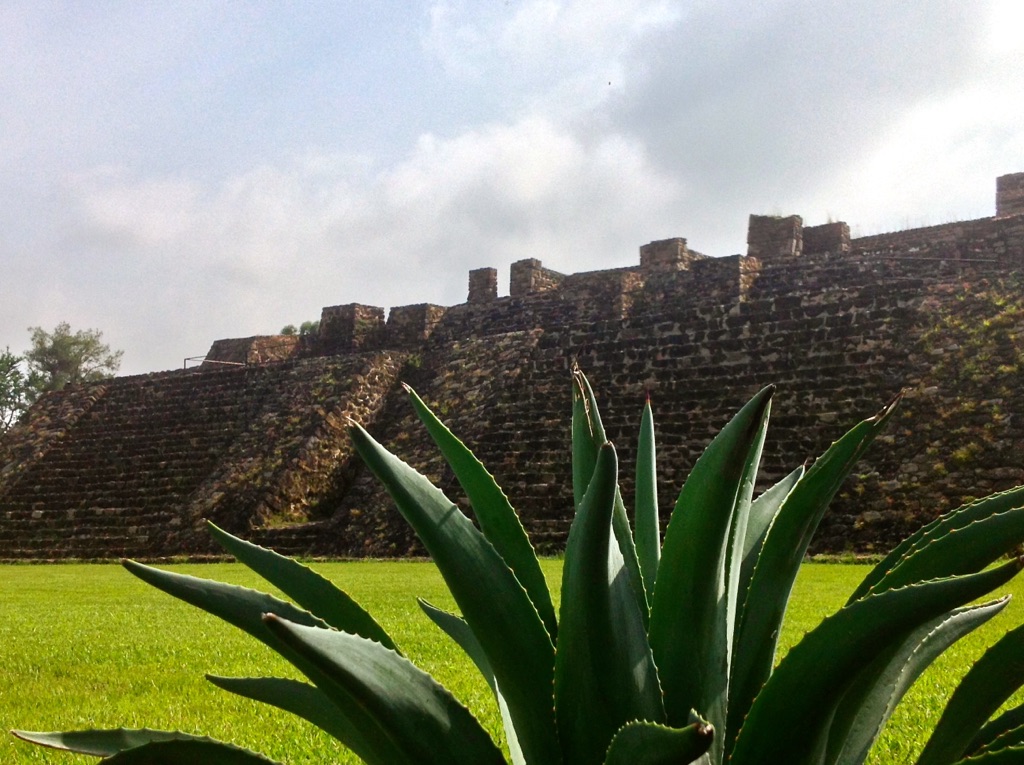
Archaeological Pioneers
The formal excavation of Teopanzolco commenced when archaeologist Leopoldo Batres took notice in 1910. His initial work laid the groundwork for more systematic explorations. Alfonso Caso, an illustrious Mexican archaeologist, later spearheaded these investigations in the 1920s. Under his guidance, workers unearthed the distinct stone bases of what were once temples. This revealed insights into the Aztec civilization’s prowess long before then.
Renewed Interest and Preservation
Interest in Teopanzolco waxed and waned over the decades, overshadowed by more prominent sites like Teotihuacan. However, renewed efforts in the 1970s brought Teopanzolco into the limelight. These efforts emphasized its preservation. Archaeologists and historians delved deeper, making connections between the ruins and the cultural timeline of Morelos. The work highlighted the significance of this lesser-known site within the broader Mesoamerican context.
Modern discoveries at Teopanzolco continue to shed light on its historical significance. A 7.1 magnitude earthquake in 2017 caused notable damage to the site, but also revealed a previously unknown temple. The temple likely predated the Aztec presence, suggesting an even deeper history. This accidental find spurred new research. It attracted the attention of the global archaeological community and underscored the need for increased conservation.
The narrative of Teopanzolco’s discovery tells a tale of both happenstance and dedicated scholarly pursuits. It reminds us of the layers of history beneath our feet, just waiting to be recognized and valued. Today, Teopanzolco stands as a monument to the rich pre-Columbian heritage of Mexico. Its continuing exploration and study reflect the enduring curiosity and respect we hold for our ancient civilizations.
Cultural Significance, Dating methods, Theories and Interpretations.
Unlocking Teopanzolco’s Timeline
The dating of Teopanzolco has been a cornerstone in unraveling its history. Archaeologists have employed methods such as stratigraphy and radiocarbon dating. This way they pinpoint the era of its construction and usage. Layer by layer, the site’s chronology unveils itself, showing a timeline that goes back centuries before the Aztec empire. The building phases reflect the cultural shifts and influences, crucial for understanding the site’s development within Mesoamerica’s historical framework.

Cultural Epicenter of Teopanzolco
Teopanzolco’s cultural significance is immense. It is not just a symbol of ancient architectural achievement. It also embodies the religious and communal life of the pre-Columbian societies that inhabited the region. Ceremonial activities centered around the site’s temples, which were dedicated to deities such as Huitzilopochtli and Tlaloc. Teopanzolco thus served as a focal point of spiritual life. It showcased the confluence of various cultural elements from different Mesoamerican groups.
Theories of Religious Syncretism
Scholars have posited theories of religious syncretism in Teopanzolco, indicating a blending of beliefs from different cultures. Evidence from sculptures and architectural styles hints at a fusion of Tlahuica and Aztec elements. This emergence of a hybrid religious practice is thought to result from the Aztec conquest of the region. In this way, Teopanzolco reflects broader patterns of religious and cultural exchange that shaped the Mesoamerican landscape.
Interpretations of Teopanzolco often vary, ranging from its role as a trade center to its political significance. Some suggest it was a fortification or a refuge in times of conflict. As new evidence surfaces, these theories evolve, feeding the scholarly debate on Teopanzolco’s precise role in the pre-Columbian era. Notably, the 2017 earthquake’s revelations further complicated existing theories by uncovering an even older layer of the site, suggesting the need for revised historical narratives.
The complexities of Teopanzolco continue to captivate archaeologists and historians alike. Each interpretation helps complete the intricate puzzle of Mesoamerica’s past societies. As a living testament to a bygone era, Teopanzolco stands resilient, offering countless stories yet to be discovered and retold, inviting onlookers to peer deeper into its many layers of history, mystery, and culture.
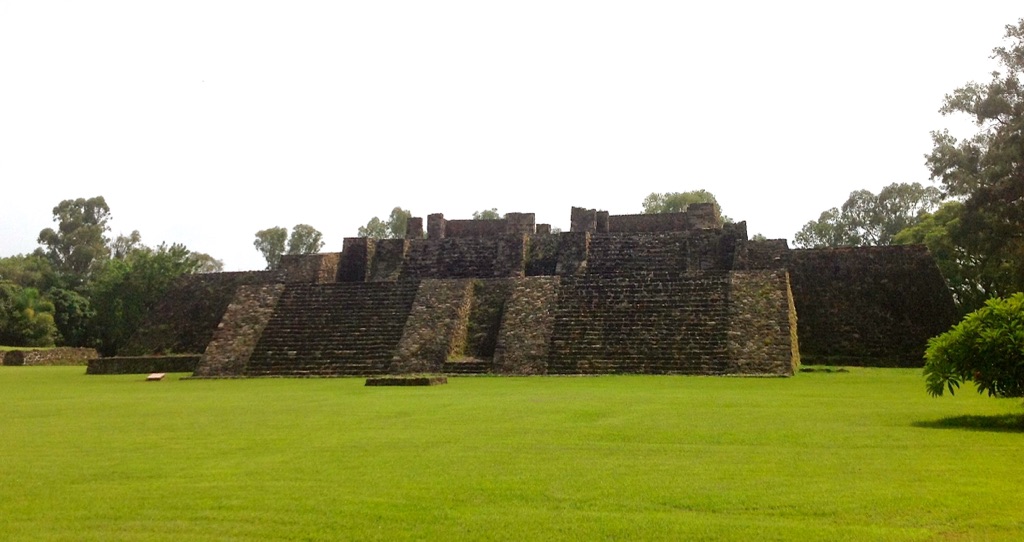
Conclusion and Sources
In essence, the historical site of Teopanzolco offers an enduring narrative that is pivotal to understanding the intricate history of Mesoamerica. Its discovery, the architectural finesse of its structures, and the ongoing research into its past, all tell of a civilization deeply rooted in ceremonial practices and complex societal structures. As excavations continue and preservation efforts persist, Teopanzolco stands as both a monument to its original inhabitants and a bridging point for cultural education in the present day. The ongoing passion for exploring this site inspires further investigation and a deeper appreciation for Mexico’s rich heritage.
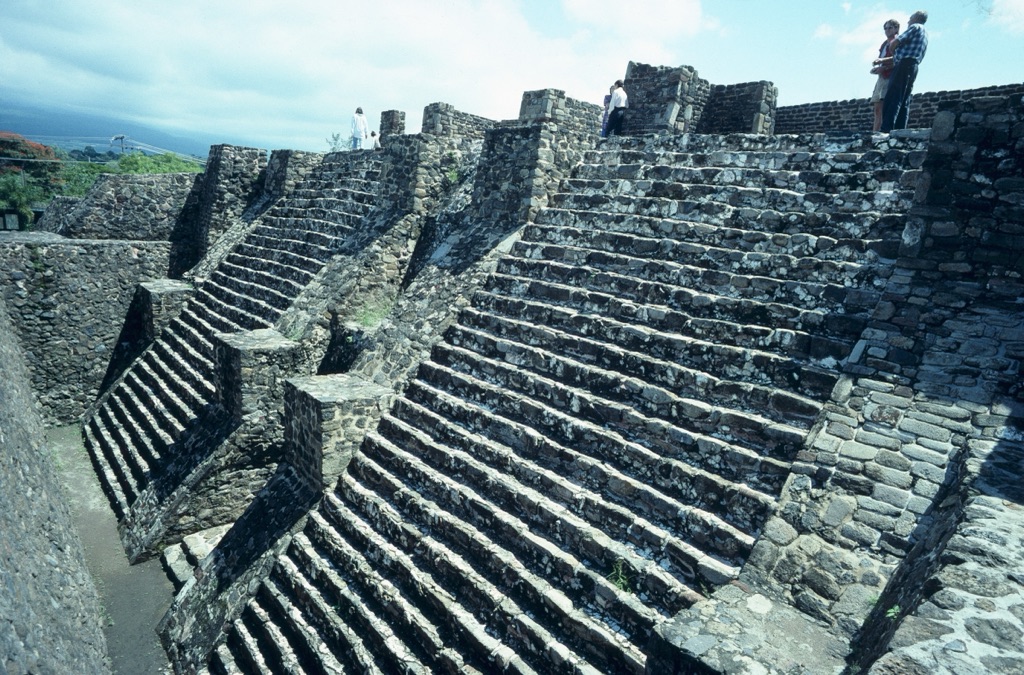
For further reading and to validate the information presented in this article, the following sources are recommended:
Or you can check any of these reputable archaeological and historical texts:
Smithsonian Institution (2018) ‘Archaeologists Discover Ancient Temple in Mexico Damaged by 2017 Earthquake’, Smithsonian Magazine.
National Anthropology and History Institute (INAH) (n.d.) ‘Teopanzolco’, INAH: Historical Sites.
Matos Moctezuma, E. (2015) ‘Teopanzolco: A Key Site in Central Mexico’, Journal of Mesoamerican Studies, Vol. 17, No. 2, pp. 123-133.
Regional Center for Social Research (CRIS) (2021) ‘Deconstructing Teopanzolco’s Cultural Influence’, CRIS Perspectives, Vol. 29, No. 4, pp. 45-60.
Cuernavaca Cultural Heritage Association (2020) ‘The Legacy of Teopanzolco: Preserving Our Past’, Cultural Heritage Today.

